The Journey of Seafood: From Fishermen to Your Kitchen
By. Kusni - 29 Aug 2025.jpg)
Kelolalaut.com Seafood has always played an important role in human nutrition and culture. Rich in protein, omega-3 fatty acids, and essential minerals, it’s not only delicious but also one of the healthiest food sources on the planet. But have you ever wondered how the fish you enjoy at dinner travels from the ocean to your plate? The journey of seafood is fascinating, involving hard work, innovation, and strict quality standards to ensure safety and freshness.
The journey starts with fishermen, who dedicate their lives to sourcing seafood responsibly. Depending on the type of fish or shellfish, seafood can be caught in the wild using nets, traps, or lines, or harvested through aquaculture (fish farming). Both methods require knowledge of ecosystems and regulations to protect marine life. Many fisheries today follow sustainable practices, ensuring that seafood is harvested without harming the environment or depleting fish populations. For example, some boats use selective gear to avoid catching juvenile fish, while aquaculture farmers raise species like shrimp or salmon in controlled environments. These early steps are crucial for ensuring that future generations can also enjoy seafood.
Once caught, seafood must be handled with extreme care. Fish begins to lose freshness quickly, so fishermen immediately store their catch in ice or freezing systems on board. When the catch reaches the port, it’s transferred to processing facilities. In these facilities, seafood undergoes cleaning, filleting, packaging, and freezing. Freezing technology is especially important because it locks in nutrients and maintains the natural texture of seafood. Contrary to common belief, frozen seafood can often be just as fresh—if not fresher—than seafood sold as “fresh,” since freezing preserves the catch at peak quality. Quality control teams also conduct inspections to ensure that seafood is free from contaminants, properly labeled, and meets international food safety standards.
After processing, seafood enters the distribution stage. Cold chain logistics—specialized refrigerated systems—are essential to keep seafood safe during transportation. Whether by truck, ship, or airplane, seafood travels under strict temperature control until it reaches wholesalers, markets, or restaurants. This stage highlights the importance of technology in the seafood industry. Without cold chain systems, seafood would spoil long before reaching consumers. Thanks to these innovations, people worldwide can enjoy seafood from different regions, whether it’s salmon from Norway or shrimp from Indonesia.
Finally, seafood reaches supermarkets, fish markets, or online stores where customers can purchase it. At this point, the role of the consumer begins. Storing seafood properly at home—whether in the refrigerator or freezer—ensures it remains safe and tasty until cooking. Cooking methods vary across cultures: steaming, grilling, frying, or even enjoying seafood raw in dishes like sushi. Regardless of how it’s prepared, seafood continues its journey by becoming part of family meals, celebrations, and traditions.
Understanding the journey of seafood helps us appreciate the effort behind every bite. From the early mornings of fishermen braving the sea, to advanced freezing technology and international shipping, seafood passes through many hands before arriving at your table. Supporting sustainable seafood choices ensures that this journey remains possible for future generations.
If youre interested in our Corvina / Croaker / Jewfish Whole Round / Whole Gilled Gutted Scale , Corvina / Croaker / Jewfish Fillet Skin On and Corvina Fillet Skin Patch please do not hesitate to contact us through email and/or Whatsapp

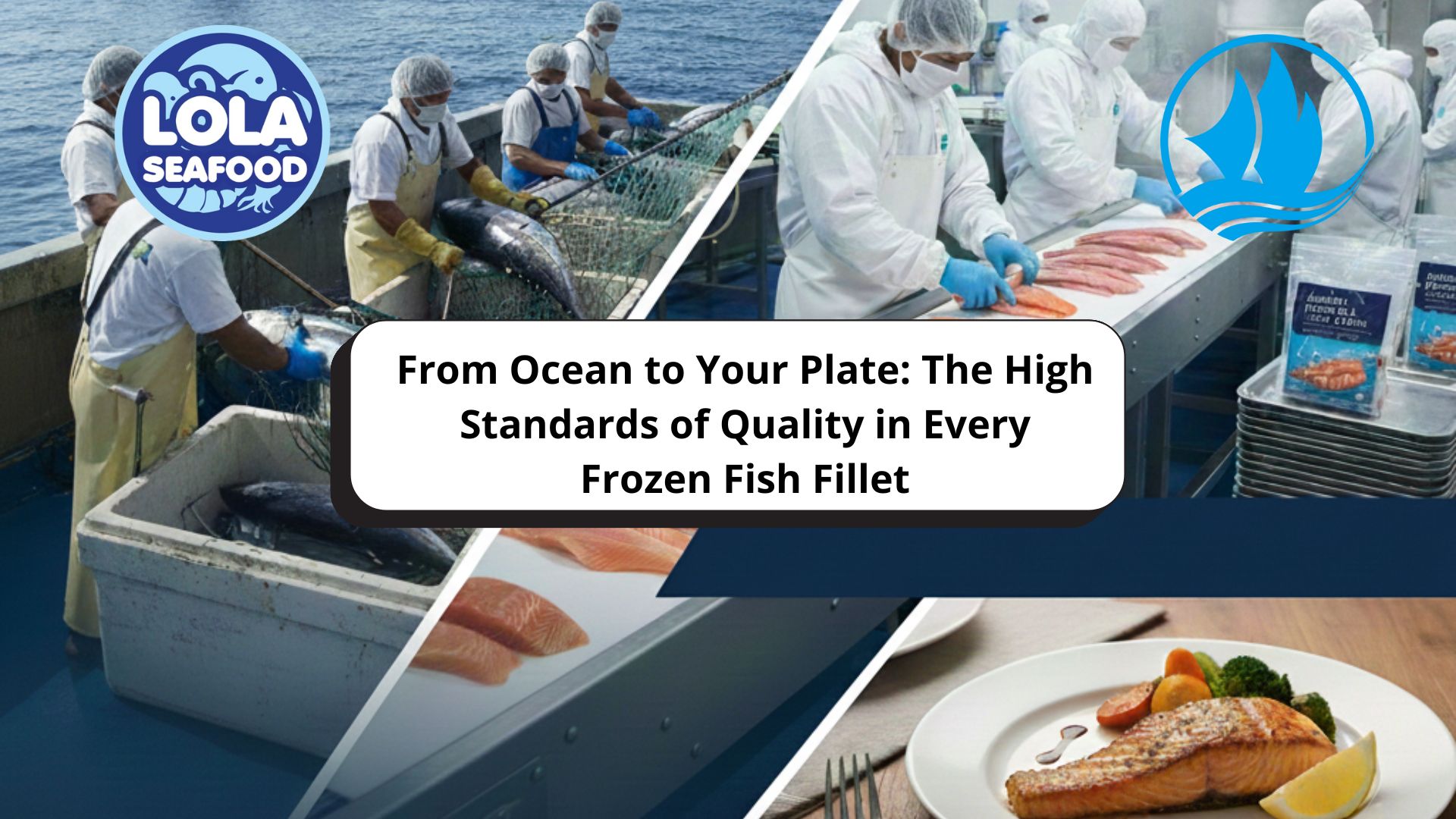
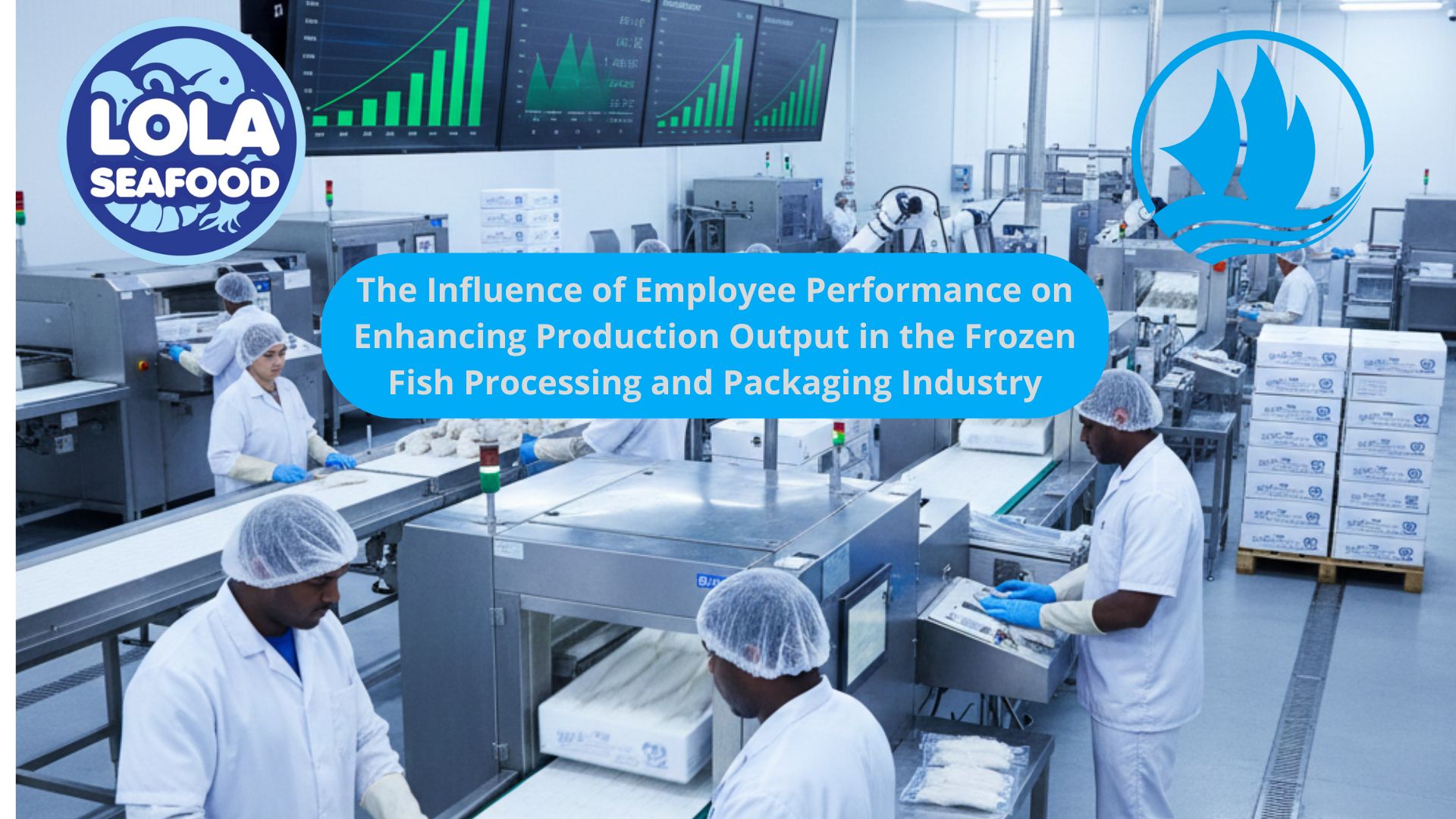
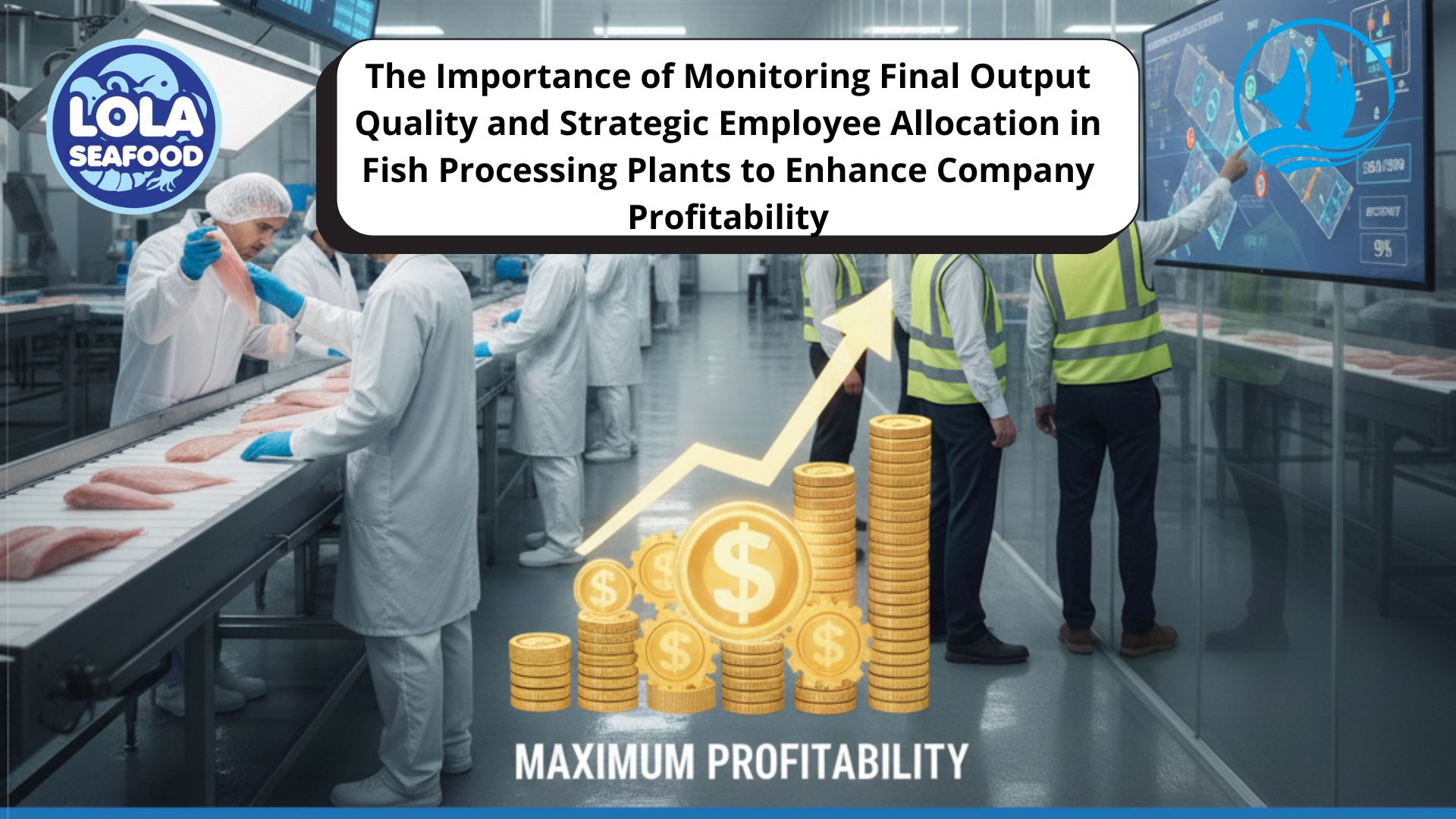
.jpg)
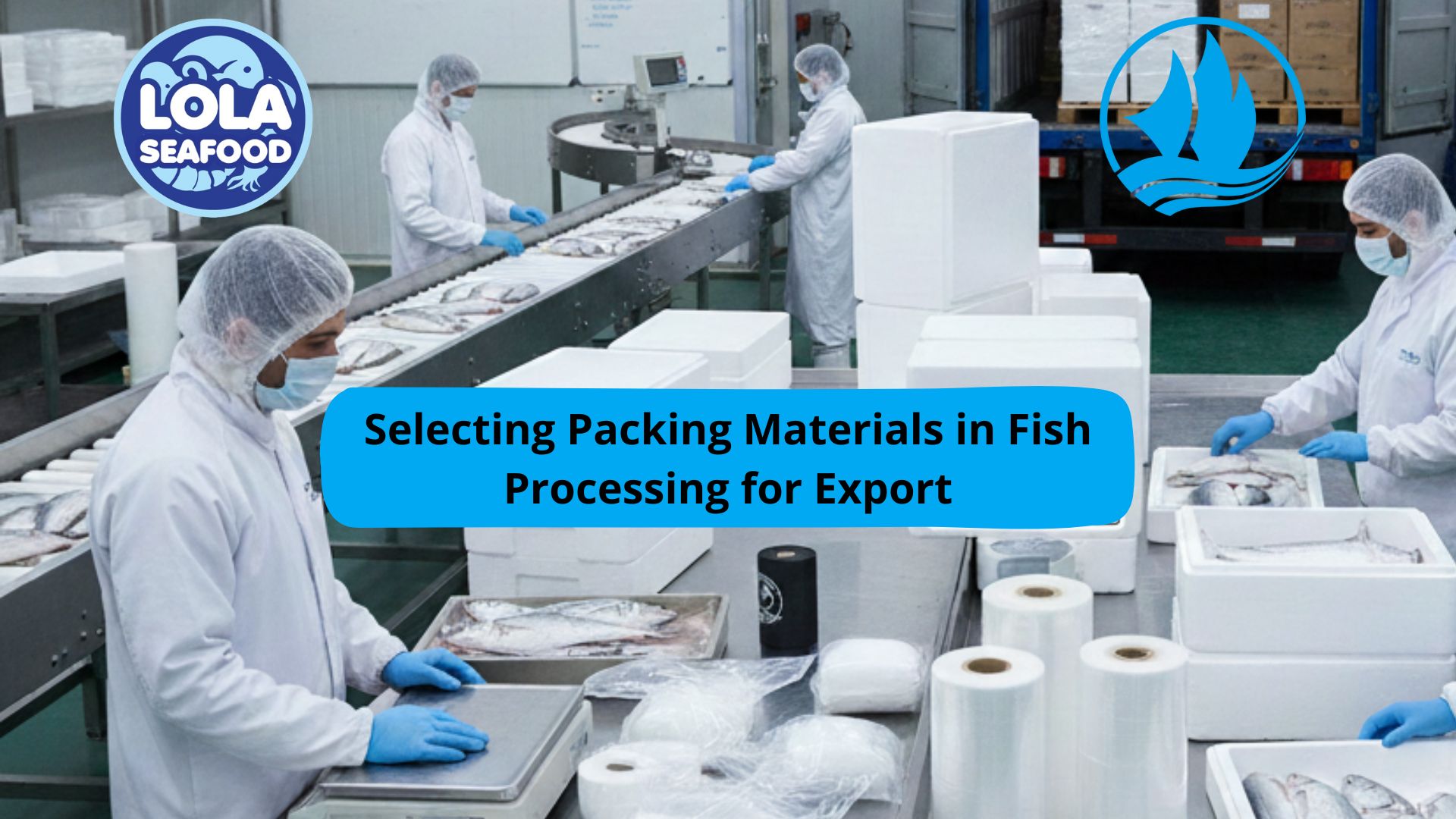
.jpg)
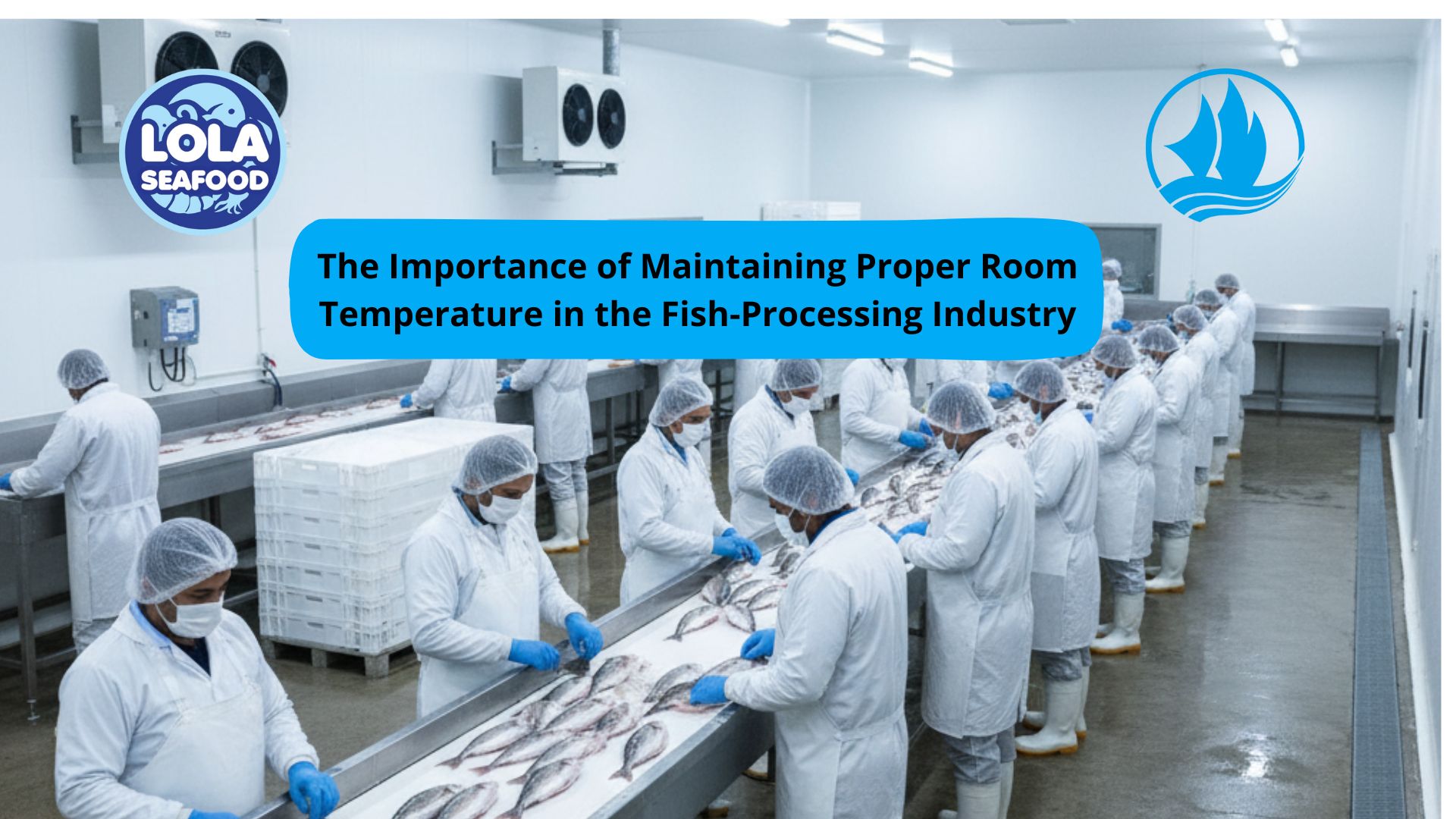
.jpg)